Following the abject box-office failure of Bros – a new LGBTQ romcom from Nicholas Stoller (Forgetting Sarah Marshall, Get Him to the Greek) – various analysts have debated the toothlessness of comedy in the era of cancel culture. It’s an issue that will not be troubling Paul Feig. The creator of Freaks and Geeks and the writer-director of the $288.4 million grossing Bridesmaids has never been one for mean-spirited jokes (even if the Ghostbusters reboot protesters who have trolled his Twitter account for years probably deserve to be punchlines).
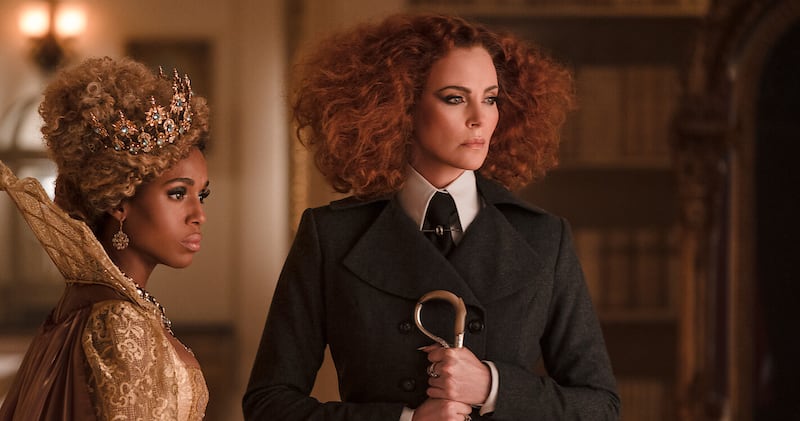
“I’ve always tried to keep my humour very good-natured,” says Feig, who, in person, is as amiable as the films he makes. “I’m not a fan of put-downs and making fun of people for who they are or how they look. There are a few things I’ve written. In The Heat, you know, we had a joke about an albino character. It was done as a joke on how many old movies use that as a trope. But I look back and think: well, I wouldn’t do that now. I really always try to stay away from anything that might hurt somebody’s feelings.”
In this spirit, The School for Good and Evil, a starry teen fantasy featuring Laurence Fishburne, Michelle Yeoh, Kerry Washington, and Charlize Theron, sets its sights on labelling. Adapted from the best-selling YA series by Soman Chainani, Feig’s ninth feature concerns Agatha (Sofia Wylie) and Sophie (Sophia Anne Caruso), two teens who are carried off and placed in rival houses at the school of the title.
‘There’s a lot of stuff in there. There’s no way you can ever make everything in the book unless it was a 20-hour-long movie that costs about a trillion dollars’
It was a tough job, says Feig, wading into a beloved sequence.
RM Block
“It’s the first book in this series and it’s a massive book,” says Feig, who shot the film at Belfast Harbour Studios and various Ulster sites. “There’s a lot of stuff in there. There’s no way you can ever make everything in the book unless it was a 20-hour-long movie that costs about a trillion dollars. So it’s really about on how to pare it down and keep its power. So that the fans of the books like it, but then new audiences don’t have to know the books.
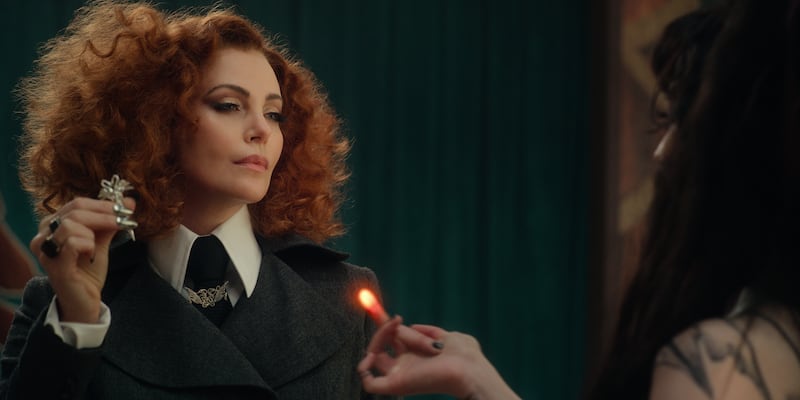
“It was a very hard. It was being developed for about seven years before it even came to me. The script that came to me was really good. And then I spent two years rewriting. I consulted Soman Chainani all the way, about favourite lines that fans won’t want to lose and all that kind of stuff. He was so supportive and not precious about anything. And the few fans who have seen the movie are very happy.”
‘We didn’t want something that looked like Harry Potter. I really wanted this to be a big melting pot of cultures, and different fairy tales and different mythical places’
Feig, who is probably Hollywood’s best-dressed director, has done more to put great tailoring back on the big screen than any director this side of the 1950s. Re-teaming with Reneé Kalfus, his costume designer for A Simple Favour and winner of the 2017 Costume Designers Guild Award for her work on Hidden Figures, the director abandoned the school uniforms described in the source novel and encouraged his actors to contribute to their outfits.
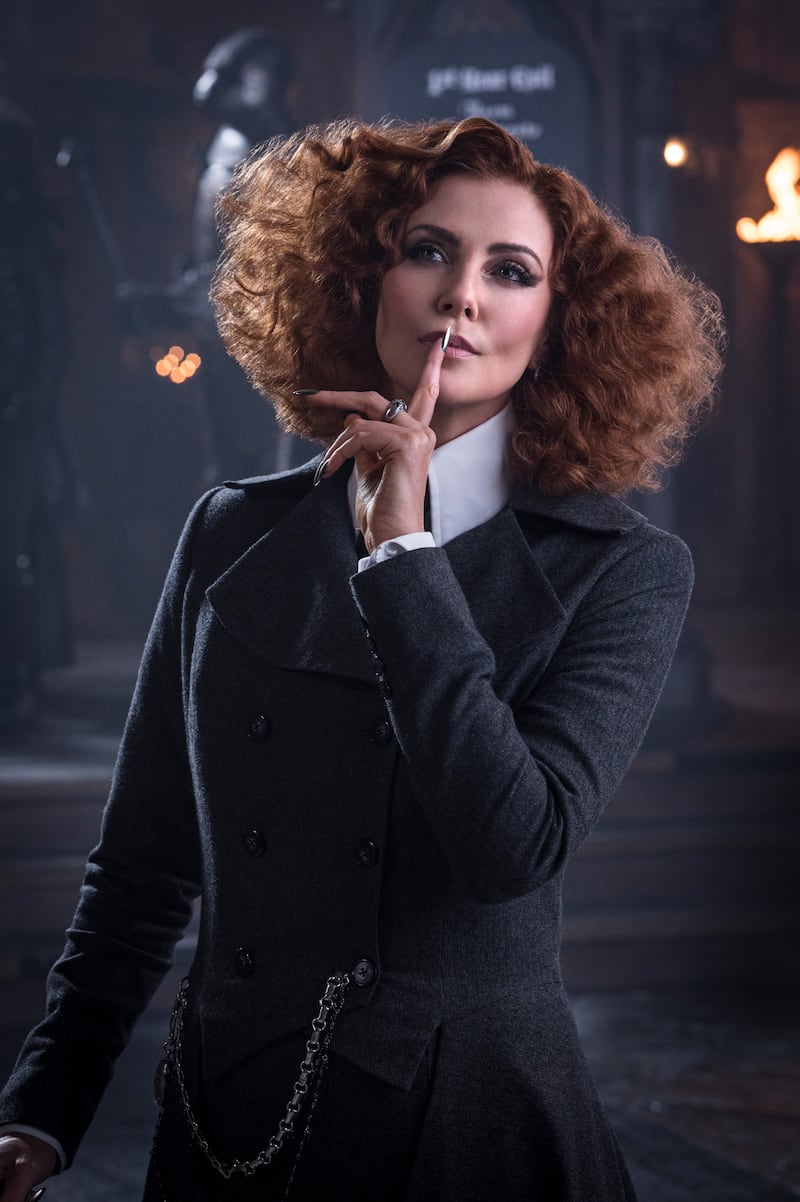
“It’s the first time I’ve ever got to invent a world from the ground up,” says Feig. “I just really wanted to go for it. I called up Reneé Kalfus who was my costumier on Last Christmas and said: you are about to have the greatest time of your life and the hardest job. And she just embraced it. We talked about how we wanted to make it very different from the book. We didn’t want something that looked like Harry Potter. I really wanted this to be a big melting pot of cultures, and different fairy tales and different mythical places. So everybody brought a different vibe and aesthetic. That was really fun.

‘Over 100 designs’
“And then Lisa Tomblin, who I have never worked with before, but who has worked on Fifth Element and Harry Potter and the Deathly Hallows; we did the same thing. We grabbed millions of reference photos from fashion magazines and old pictures, and put up these giant boards trying to unify it all together. We built over 100 designs and built over 100 original costumes. Including the shoes.”
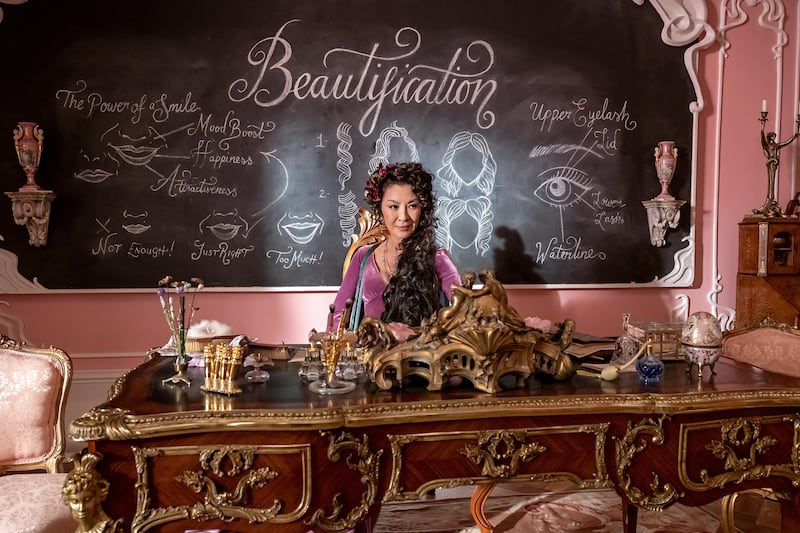
Recent developments at Paul Feig’s Feigco Entertainment encapsulate wider industry changes. In addition to the imprint’s new high-end series – including HBO Max’s Minx and Fox’s Welcome to Flatch – the convoluted development of The School for Good and Evil speaks volumes. Universal Pictures won the rights to the project in a seven-figure deal as long ago as 2013. Production stalled in 2016 as the great YA gold rush heralded by Twilight and Hunger Games officially ended with the cancellation of The Divergent Series: Ascendant. Netflix came to the rescue in 2017, with Feig coming on board in 2020. The project’s emergence on Netflix trumpets the streamer’s commitment to teenage viewers, in stark contrast with the theatrical circuit’s so-called four-quadrant output.
“I’m still a big-screen guy,” says Feig. “We made this movie to be very big, but I’m also thrilled that Netflix would even take a chance making a movie like this. You don’t get that chance much any more. Unless it’s an already very established franchise or superhero. I really credit them for trying to launch something that is new and exciting.”
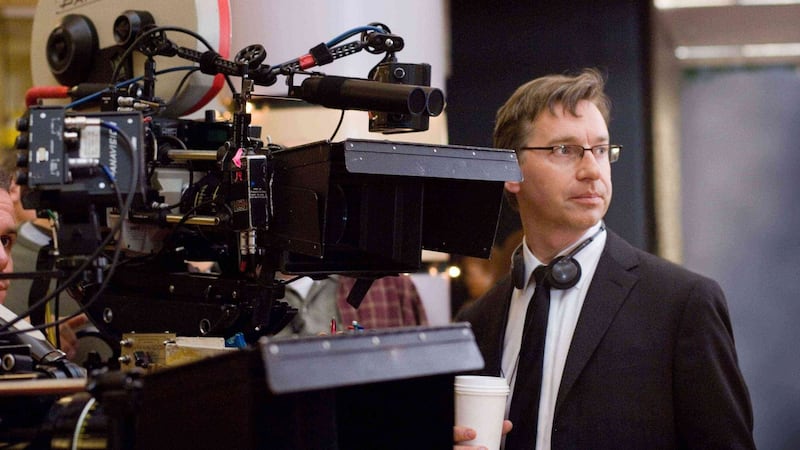
There is, he says, some chance for Dark Army, his multi-monster script written for Universal’s Dark Universe, a franchise that has been alternately cancelled or halted following The Wolfman, The Mummy reboot with Tom Cruise, and The Invisible Man.
“I would give anything to tell you it was happening,” says Feig. “But I think there is a feeling at the studio that it might be too expensive. I’m not giving up on that. I love those old monster movies and the monster world. And the studio was very happy with my script. It’s not my immediate future. But fingers crossed.”
‘I’ve always been much more interested in women’s stories than guys’ stories, just because everything I ever watched growing up was a woman’s story'
Inevitably, Feig’s vision for the Dark Universe puts the Bride of Frankenstein front and centre. Feig had more than a decade’s worth of acting credits and had directed two feature films when, just over a decade ago, he embarked on a series of hit films featuring Melissa McCarthy, including Spy. He continues to think of himself as a woman’s director.
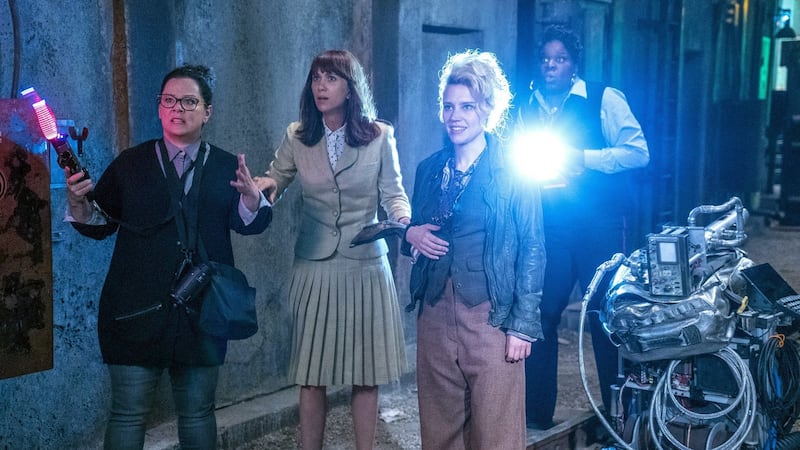
“I’ve always been much more interested in women’s stories than guys’ stories, just because everything I ever watched growing up was a woman’s story,” he says. “It’s only a recent development that all stories put women in supporting roles. All my life, all my friends have been women, and my co-workers have been women. I was close with my mom and her friends, and the girls at school. So I’ve always had an issue with those movies that put women in one or two-dimensional roles. It’s not cool.
“Women need to have great, and see great, portrayals of themselves. And it’s more fun for me. I just like the comedy of women. There’s a difference between men’s comedy, which can be a little more aggressive. It usually descends into name-calling. And I’m not an aggressive guy. I’m not into that kind of stuff. All I want to do is create great three-dimensional female characters for the screen. Because it’s fun.”
The School of Good and Evil is on Netflix from October 19.














